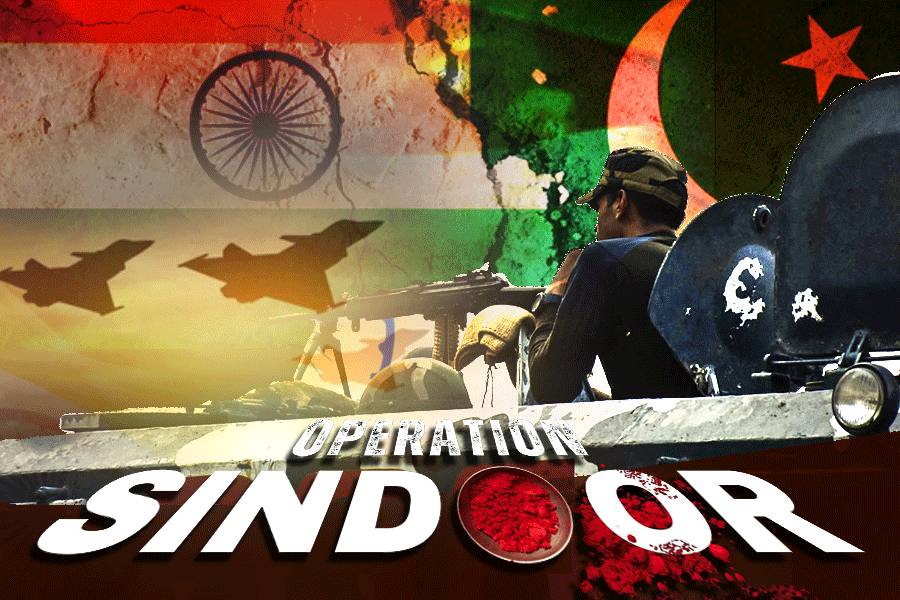 |
| A poster of Arnold Schwarzenegger in Commando |
New Delhi, Feb. 13: The attack on the Israeli diplomat’s car appears to be India’s first terror incident with a sticky bomb, a month after a similar attack killed a scientist in Iran, but decades after adhesive explosives surfaced in Hollywood movies such as Commando.
The modus operandi of the attack on the Israeli car this afternoon in a high-security zone in Delhi was almost identical to that used by two motorcycle riders to kill a young Iranian nuclear scientist in January, sources in India’s internal security establishment said.
“A motorcycle rider wearing a black helmet is said to have followed the Innova car and stuck an explosive to the rear glass-shield and sped away,” said Ajay Chadha, special secretary, internal security, in the ministry of home affairs.
Chadha said the attack in Delhi today was similar to the one in Iran on January 11 this year in which a motorcycle rider had stuck a bomb to nuclear scientist Mustafa Ahmadi Roshan’s car, killing him and his driver.
A sticky bomb is a type of improvised explosive device that may be placed by a terrorist on a motor vehicle, usually stuck to an appropriate part of the vehicle with adhesive tape or with a magnetic device. Explosive experts say the modern sticky bomb has its roots in the Second World War when British soldiers designed a hand-held device containing an explosive and a strong adhesive to make it stick to tanks.
But explosives experts believe the advantages of sticky bombs have made them attractive to security forces as well as terror groups. “The bombs offer the attacker an opportunity to fix the bomb to a specific car quickly... and to detonate the explosive charge remotely,” Scott Weiner, a research assistant at the Institute for the Study of War, a US-based think-tank, wrote in a commentary on sticky bombs four years ago.
The US-based ISW had earlier correctly predicted the increased use of sticky bombs in Baghdad, saying they represent a “shift in tactics from large-scale attacks to more targeted operations”.
The sticky bombs have been portrayed countless times in Hollywood films. In the 1985 box-office hit Commando, Arnold Schwarzenegger playing retired special forces officer John Matrix uses them to destroy vehicles and buildings of the bad guys who’ve held his daughter.
Two years ago, scientists at the Argonne National Laboratory in the US proposed methods to detect sticky bombs on a vehicle. One of these techniques seeks to measure the abrupt changes in the magnetic field around a vehicle when a magnetic device is used to stick a bomb on it. The other technique, specifically to address the use of adhesives rather than magnets, seeks to measure subtle changes in tyre pressure that will occur if a bomb is placed on the vehicle.
Confounded, intelligence agencies did not know where to look as they did not seem to have a whiff either about the attack or the novel method used. “There were no inputs,” said a senior officer, adding they were looking for the motorcyclist.
For Chidambaram, who has floated the new National Counter Terrorism Centre and had got the National Investigation Agency established after the 26/11 Mumbai attack, this one is a setback. Despite the tall claims, the co-ordination between central agencies and federal police units in states is extremely poor. “It was due to this that key Indian Mujahideen man Yasin Bhatkal could escape from Mumbai,” said a top source today.











